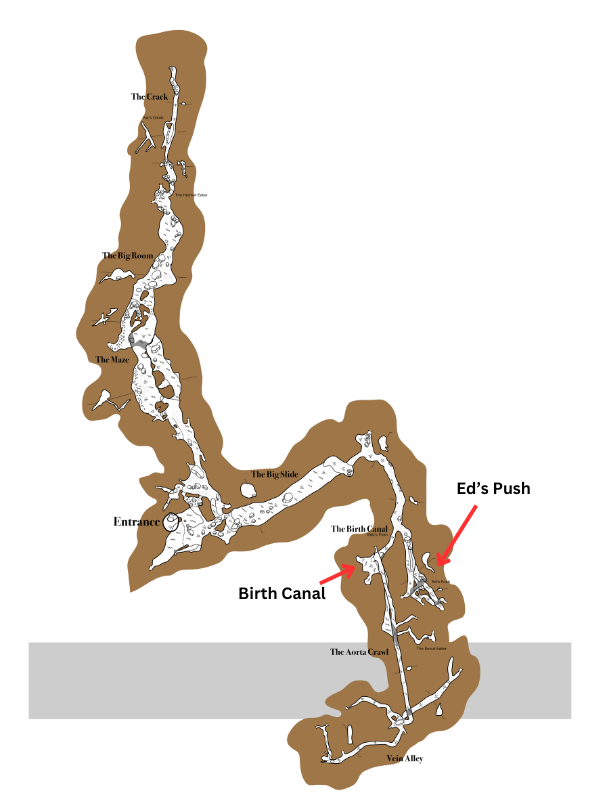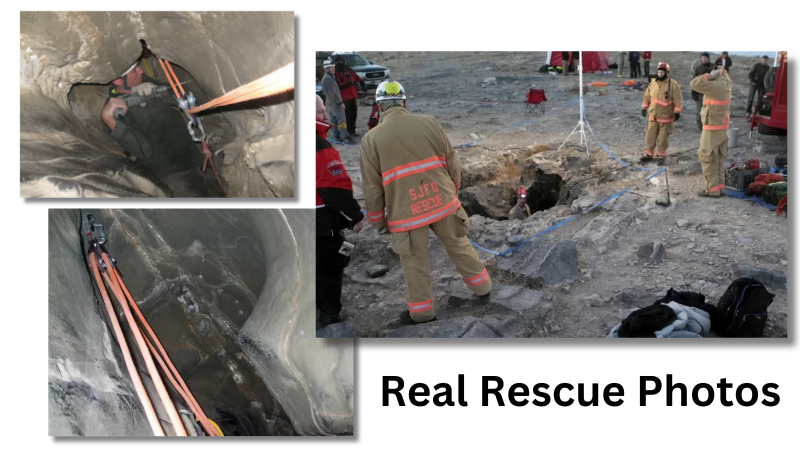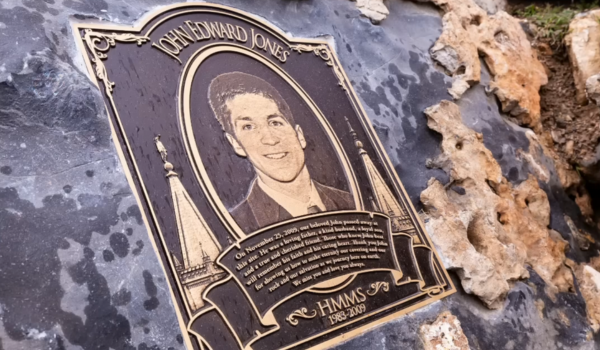The Nutty Putty cave incident refers to the tragic death of John Edward Jones in 2009 after he became stuck upside down in a narrow passageway deep inside Utah’s Nutty Putty Cave. Despite a massive 28-hour rescue operation involving hundreds of volunteers, Jones ultimately passed away due to the effects of hypothermia and cardiac arrest. The difficult rescue attempt attracted national media coverage at the time and prompted the permanent closure and sealing of Nutty Putty Cave soon after. This article provides a closer look at the accident and its aftermath.
Brief Overview of the Incident
| Date | November 24, 2009 |
|---|---|
| Location | Nutty Putty Cave, Utah County, Utah |
| Victim | John Edward Jones |
| Cause | Stuck upside down in narrow passageway |
| Outcome | Died after 28 hours trapped underground |
Background of Nutty Putty Cave
Nutty Putty Cave was discovered in 1960 by Dale Green, a Utah local who gave the cave its unusual name due to its complex of narrow, twisting passages. Over the decades, it became a popular recreational spot for spelunkers and Boy Scout troops.
The cave is composed of soft clay and limestone, which has been shaped over time into a series of tunnels, alcoves, and formations with colorful names like the Big Slide, the Piano Room, and the Tight Spot. Some of the passageways are extremely narrow, measuring just 10 inches wide in certain areas.

John Edward Jones: The Man Behind the Tragedy
John Edward Jones was a 26-year-old medical student at the University of Virginia who was home visiting family in Utah when the accident occurred. An experienced caver, Jones had previously completed several caving expeditions.

On November 24, 2009, Jones entered Nutty Putty Cave with a group of 11 other friends and family members. According to Josh Jones, his younger brother, John intentionally separated from the group to explore a tight passageway known as the “Birth Canal.” He became stuck 150 feet into the tunnel with his head pointed downward.
The Incident: Trapped in Nutty Putty Cave
Jones first found himself stuck around 8:45 PM. He was able to communicate with rescuers using a system of tugs on the rope. Rescuers were able to provide him with water, food, and warm clothing.
The initial rescue team consisted of local volunteer groups including the Utah County Sheriff’s Office and the Utah Cave Rescue team. They quickly determined that Jones was stuck in a nearly vertical passageway called the “Scout Trap.”

The narrow crack split almost straight down, so when crews tried to pull John out, his feet hit the tunnel’s low ceiling. Pulling him backward could break his legs, the shock of which could prove fatal as John suffered the effects of being upside down.
Detailed Rescue Efforts
Over the course of the next 28 hours, rescuers made numerous attempts to free Jones:
- 9 PM: First rescuers arrive and establish contact with Jones using rope signals. They provide food, water, and clothing.
- 12 AM: Rescuers try to break the rock around Jones with no success. Efforts to pull him out with rope also fail.
- Morning: Rescuers use advanced rigging systems and excavation in further attempts to free him.
- All Day: Teams take turns trying to dislodge Jones while pumping warm air into the narrow space to prevent hypothermia.
- Late Afternoon: After nearly 24 hours, Jones starts showing signs of organ failure and lack of circulation in his legs.
- 11:56 PM: After 28 hours trapped upside down, Jones passes away underground.
Check this article to know the Timeline of events.
To reduce the friction of rope on rock, rescuers drilled a series of pulleys into the cave walls, then strung the rope through each one. Outside the tunnel, crews pulled the rope through yet more pulleys arranged to increase their pulling power.

Rescuers faced extremely difficult challenges in their attempts to save Jones: the narrow vertical shaft allowed little room to maneuver, and the soft clay walls were easily damaged by rescue efforts.
Psychological and Emotional Impact
For Jones’ family waiting above ground, the 28-hour ordeal was understandably an agonizing experience. His wife Emily Jones-Sanchez spoke of the terror she felt during the long wait.
The rescue team also endured significant trauma. Many rescuers suffered from feelings of failure and PTSD-like symptoms long after the incident. Brandon Kowallis, who spent hours talking to Jones, described it as “the most traumatic event I’ve ever experienced.”
Aftermath of the Accident
Just six days after the fatal accident, state officials permanently closed Nutty Putty Cave with 200 tons of dynamite to prevent any future incidents. A memorial plaque was later placed at the site in Jones’ honor.

The Utah state government also imposed more stringent regulations on cavers to improve safety, such as a requirement for trip plans and emergency equipment for all spelunking expeditions. Jones’ death increased scrutiny of the risks of recreational caving nationwide. You can read more about the aftermath here.
Broader Implications for Caving Safety
The Nutty Putty incident highlighted the inherent dangers of caving and the need for safety regulations. New guidelines imposed by Utah after the accident included:
- Requiring detailed trip plans be filed for all caving groups
- Mandating that cavers have at least 3 sources of light per person
- Requiring cavers to have safety equipment like helmets, climbing gear, and first aid kits
Many caving experts also pointed to the need for warning signs, restricted access to especially dangerous areas, and the importance of never spelunking alone. More information on caving safety and caving equipment are available.
The tragic death of John Edward Jones reminds us of the sobering risks faced by spelunkers. It galvanized improvements in caving safety protocols as well as permanent changes to Utah’s cave landscapes. While a sobering incident, it highlights the selflessness of rescue workers and resiliency of the human spirit in times of darkness. Learn more about the dangers of caving and lessons learned from this incident.